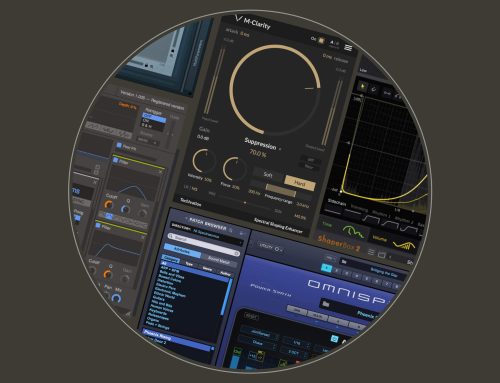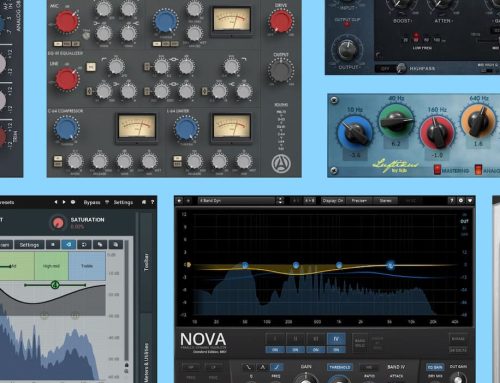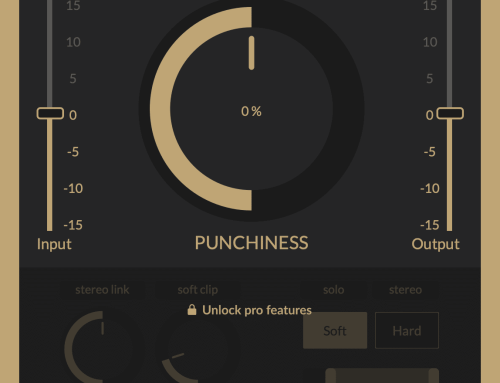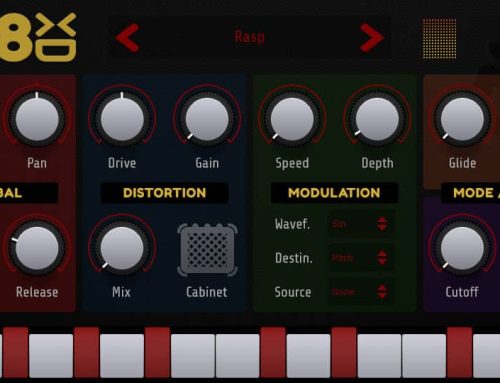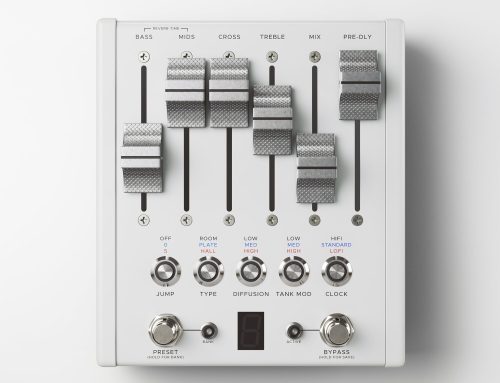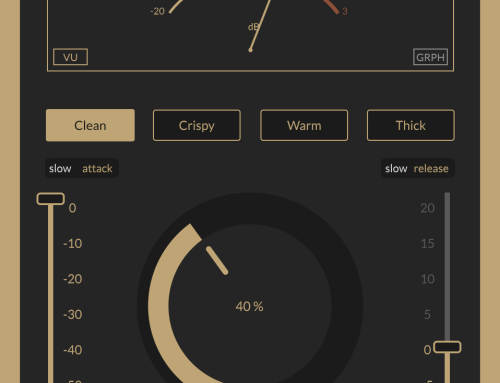If you have been following my writing you would know the previous article I wrote was reviewing the Tegeler Audio Manufaktur Creme (VCA stereo compressor and Pultec-Style EQ). Today I will be reviewing another piece of Tegeler engineering called the TSM (Tube Summing Mixer).
Overview & Features
The TSM is essentially a 40-channel summing box that uses both input and output transformers for L & R as well as 2 valves in-between those transformers. The seemingly ridiculously high number of inputs makes a lot of sense when you look at the back of the unit. There you will discover 32 line inputs over 25-pin d-sub connections with an additional 8 balanced quarter inch jack inputs.

Other than the unfathomable amount of inputs at the back you will also find a stereo pair of XLR output as well as quarter-inch jacks. Back to the inputs though, the unusual number “40” starts to make a lot of sense when you explore all the different uses of this summing box as well as the different connectivity options. I will dive in deeper into that later on.
At the front of the device you will be greeted with 2 humongous VU meters, an on/off switch as well as a stepped Output level attenuator that operates in -3 dB increments and can drop the level down to -15 dB.

Needless to say, like all other Tegeler equipment – the attention to detail, build quality and overall design is stunning. Both switches are incredibly sturdy and the whole device screams premium.
The only slight “issue” one might have is the mind-boggling lack of weight, but that is something I find with all Tegeler devices and I’m still trying to accept it. Often times in the world of high-end gear weight equals quality, but I think Tegeler are the exception. Both the Creme and the TSM are incredibly light, which often times suggests a certain lack of premium components such as those heavy-weight transformers we all love, but in the case of those two devices – their performance and sound quality are nothing short of great. In my opinion, they stand up to devices that are twice their price range.
Performance & Sound
The front of the device may not offer a great deal of control, but that does not limit the uses of the unit. In my mind, it simplifies the device and eradicates the chance to mess up the sound. At its core, the primary function of the TSM is summing, which doesn’t really include individual level and pan control. That is something that can be done in your DAW or other analog mixers.
As a pure summing box, the device works fantastic. When you take advantage of all 32 d-sub inputs the mixes seem to have more separation between the different audio elements, slightly more head-room and a type of openness in the air frequencies that come from the valve stage in the device. Those tubes also make the top-end slightly sweeter than otherwise with a kind of smoothness often associated with valves.
The separation between the audio elements in DAW summing is technically perfect as crosstalk between channels is virtually impossible. That being said, the summing of the TSM adds a sort of dimension to the sound where the mixes seem 3-dimensional. Because of that, when the different audio elements are panned accordingly, that extra dimension creates an illusion for extra separation between the different audio tracks.
The effects of it are subtle as any quality summing mixer. I always believed if you expect to have a dramatic mind-blowing difference in your mixes from introducing a summing box to your chain or any other device that does not alter the sound drastically – that is a major red flag. It suggests that either the device is greatly depreciating the sound or you have been doing something seriously wrong before that.
As an example, I’d say at the beginning of my career when I lacked a certain experience with quality analog equipment I used to get my mind blown by using a good mic pre like a Neve 1073 or any high-end quality microphone. That is because up to this point I had used badly designed low-quality sounding gear. If nowadays I get the same reaction from a new piece of gear – that would be a major red flag and concern. Point being – subtle is good when it comes to the TSM.
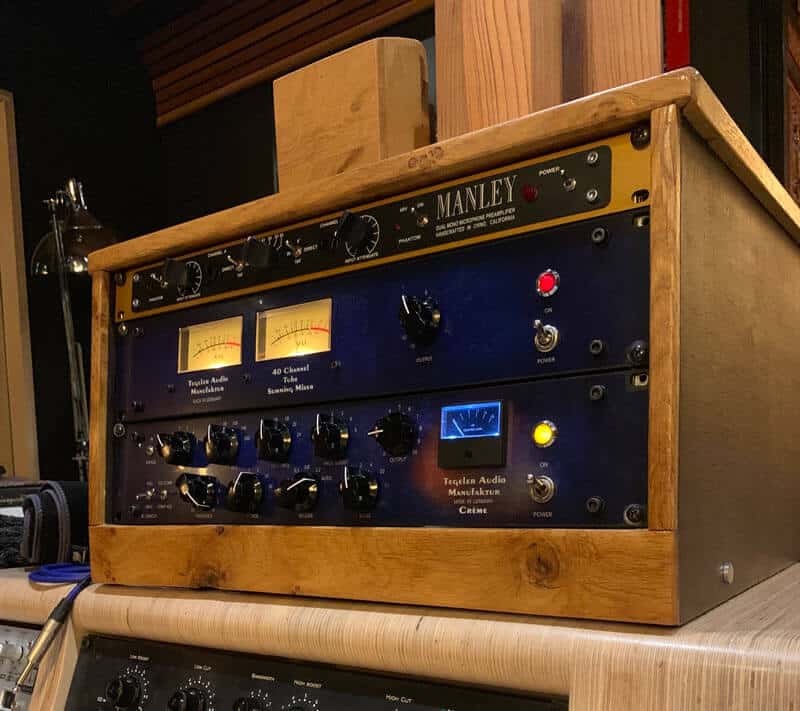
Uses
I have used and abused the TSM for 2 months now and I found uses which I believe most people would disregard without experimentation.
Improving Low-quality mixing desks
Many people that already own analog mixing desks quickly dismiss the need for external summing boxes like the TSM, but I am here to tell them otherwise. Often times budget desks like the one found in my home-studio (Toft Audio ATB32 – $13,000 PRP) lack a great deal of performance in certain areas. Companies often cut costs in the most essential places like the master section. For example, My Toft lacks in the summing. It doesn’t have enough headroom before saturation, there’s way too much cross-talk between the different channels and too much noise. Like I said earlier – that is common in budget desks.
One way to fix the issue is by modifying the desk, which financially requires too many resources and is highly unreliable as servicing becomes more and more difficult. Another way to go is by simply taking the summing externally in a device like the Tegeler TSM via the direct outputs of the desk or the group outputs. That eradicates most of the issues I mentioned and makes a budget desk sound expensive.
At my place of work (The Friary Studios) I use a 48-channel SSL G-series and have plenty of experience on other high-end consoles. When bought new our SSL costed 250,000 British Pounds ($300,000). What I’m saying is that I know how expensive desks are supposed to sound and I know where companies save money when designing budget mixers.
Don’t get me wrong – the Tegeler TSM will not make your budget desk into an SSL or a Neve, but it will make it sound like a much more expensive consoles and will shrink the gap.
Colouring and Vibe
A common use for the TSM is by directly connecting it to the outputs of an audio interface or ADDA converter. One widely used combo is the Antelope Audio Orion interfaces with the Tegeler Audio TSM. Anyone who is looking to bring more life to sterile digital productions and more of that analog mojo that people speak about can take advantage of the TSM. That summing box alone with an interface capable of powering enough outputs can bring a dash of that analog warmth and sweet valve high-end that so many of us are chasing. The transformers of the TSM can colour mixes in the very subtle, but the pleasant way with a certain dimension and depth added to the sound.
Glorified VU meter and stereo mix bus processor.
If you are ok with spending 1,500 USD for a high-quality analog VU meter for the end of your mix bus chain don’t look elsewhere. I know this might sound like a joke, but I’m dead serious. The applications, of course, are not just as a glorified VU meter, but also as a mix “finisher” right at the end of the chain.
I found that using the TSM with the Tegeler Audio Creme is an awesome combo. The two units complement each other and work quite well together. Usually, though I would place the TSM before the Creme as I would normally use IT for the external summing of my Toft ATB desk as described above. At some point, I decided to use the stereo EQ section of Creme at The Friary Studios placed after the G-Bus Compressor of our SSL. Naturally, I patched in the TSM as it was already mounted in the same rack as the Creme.
Note that in this application I was not using the TSM for it’s summing capabilities, but rather as a stereo processor. This is when I discovered that the TSM is a wonderful and subtle glueing device. Using it before and after the Creme adds a very different flavour to the mix.
When used before the Creme, the low end is slightly tighter, but the high end is perhaps a bit harsher. My favourite combo though is the TSM sitting just after the Creme. In that case, the low end feels slightly larger and rounder, while the valves of the TSM smooth out all the unnecessary harshness in the high-end and add tons of air through the top end of the mix. Valves generally do add more openness and air to the sound and I think that effect is often desirable when we are talking about processing whole mixes.
Tracking
Now, expanding on the previous point – this can serve as a wonderful stereo processor to add subtle transformer colour and valve mojo. This can come handy not only on a 2-bus but on every stereo application including tracking. I tried recording acoustic piano and felt that the TSM added the same effect and flavour I mentioned earlier. That openness I spoke about can be very pleasing when micing any type of string instruments including acoustic piano.
One thing to be wary of is the ground noise. This is something that has to be monitored closely. Certain preamps can make the TSM incredibly noisy. For example, every time I used a Manley Dual Mono valve mic preamp with the TSM I’m getting near unusable levels of hiss. When using a Neve 1073 on the other hand, I’m getting a clean signal. Like I said, these are rare occasions, but it’s something to keep in mind.
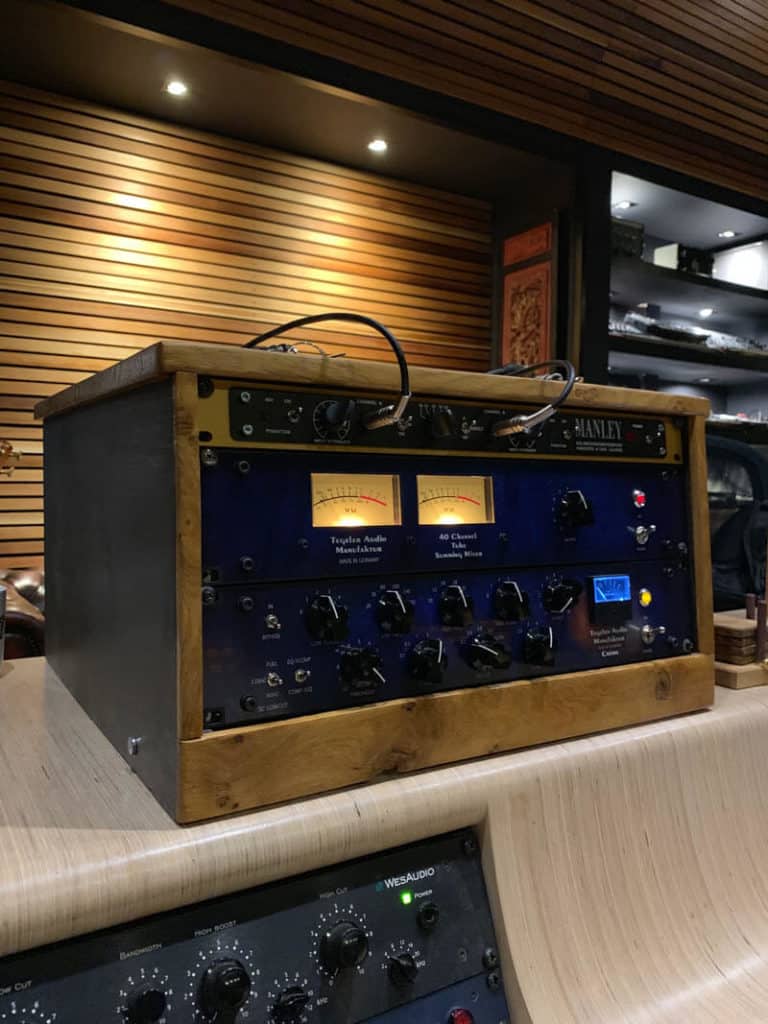
Creme Combo
I spoke about that combo earlier in the article, but I’d like to touch on something else here. The Creme by Tegeler Audio Manufaktur is a fantastic stereo processor. The one thing that the EQ section lacks is transformers and valves. In my opinion that is the only thing that differs the Creme from a stereo Pultec EQP. Using the TSM in conjunction with the Creme brings you that transformer/valve goodness and essentially gets the EQ section of the Creme that much closer to the authentic Pultec sound.
Conclusion
Analog summing has been debated since digital systems exist. Whether or not you believe its right for you is a different topic. I can safely say though that if you are looking to bring a bit more life to sterile digital recordings the TSM is a wonderful option for not a lot of money. The unit lacks a great deal of control, but offers incredible flexibility and uses.
If you are looking to improve the summing of a budget desk, or just want a quality-build analog colouration device to add subtle harmonic distortion from tubes and transformers the TSM might be right for you. At a price point of 1,500 USD I wouldn’t call it “the bargain of the decade”, but I wouldn’t call it expensive either.
If you are looking for a colouration processor there are other devices out there that can add much thicker harmonics like the vintage Level Devil we have by Gates (mono compressor). That beast has 14 valves and transformers as large as a baby’s head and can definitely impact the sound much more drastically than the TSM. The drawbacks are that the Lev Dev comes at a price 5 times higher than the TSM and has a million more ways to screw up your sound source. The TSM is a subtle processor that’s perfect for anybody trying to get their hands on an affordable transformer/valve mojo-maker.
Specs
- 2 × 16 balanced inputs via 4 sub D connectors (XLR or TRS via adapter cable, Tascam® layout)
- 2 × 4 balanced TRS inputs (Neutrik®stereo jack)
- Internal mix bus with up to +22 dBu
- Active Tubes and Transformer output stage
- Illuminated VU meters
- Output Level switch in -3db increments
- Frequency response: 20 – 40.000 Hz +/- 1,5 dB
- Dynamic Range: Un-weighted > 110 dB
- Crosstalk between channels > 90 dB @ 1kHz
- Internal power supply (15 W) with high-quality toroidal transformer
- Height: 88,1mm (2u), width: 483mm, depth: 250mm
Video Links

Written By Ivo Sotirov

